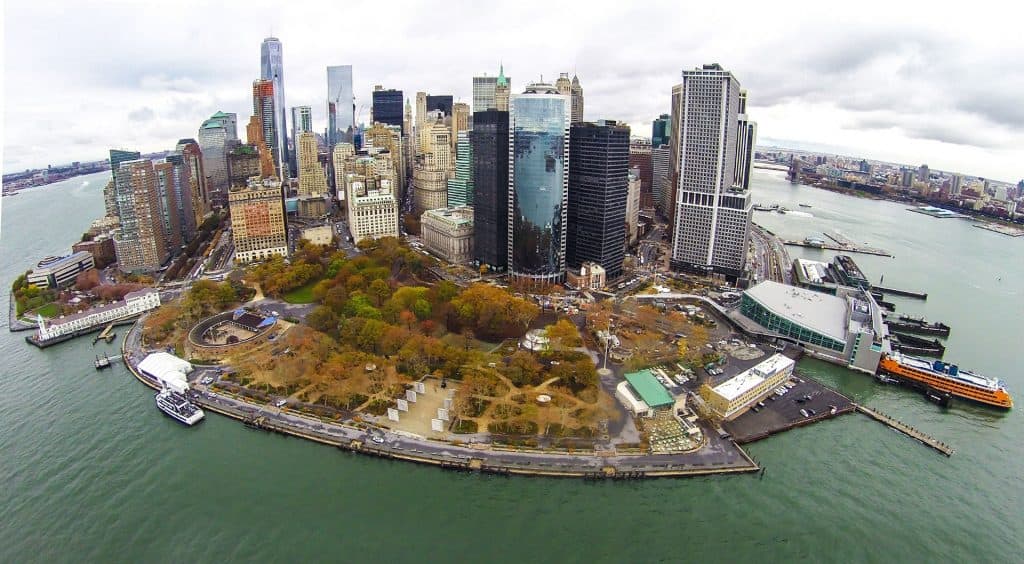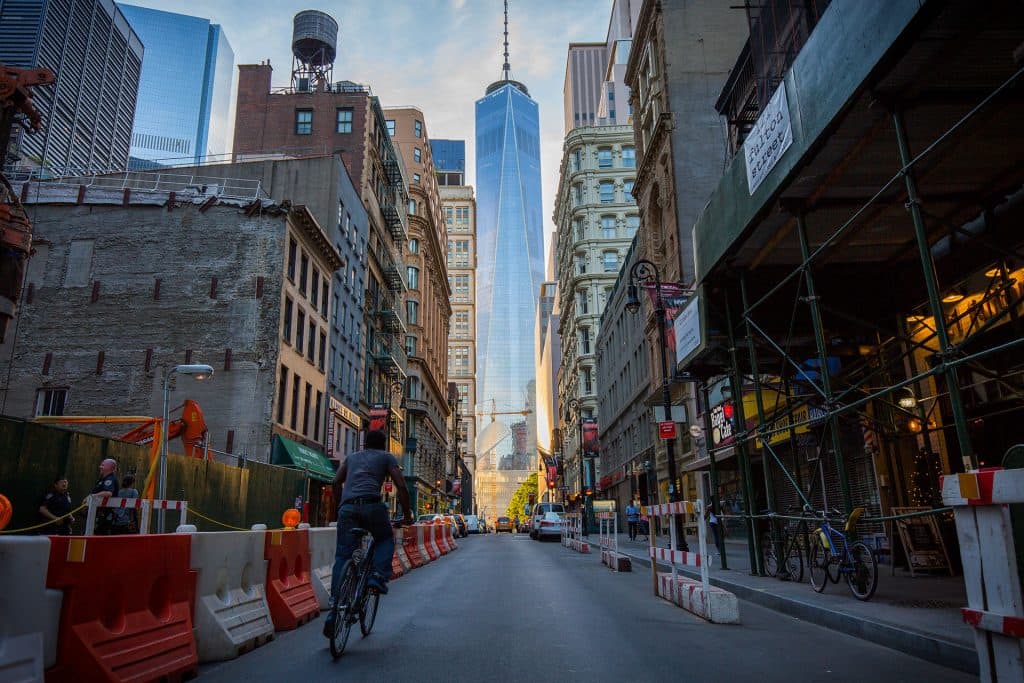
South Street Seaport and Tribeca, Wall Street and Battery Park: Lower Manhattan, one of New York City’s best-known districts is exposed to floods and hurricanes caused by climate change. To protect it, Mayor Bill de Blasio has announced $500 million to build the necessary infrastructure to secure Manhattan island’s southern shoreline. And much more will have to be spent for the same purpose elsewhere in the city, he warned.
«Hurricane Sandy showed how vulnerable areas like Lower Manhattan are to climate change», he said recently. «That's why we have not only to reduce the effects of global warming, we have to prepare for the ones that are already inevitable. Our actions will protect Lower Manhattan into the next century. We need to stand behind cities like New York to meet this crisis head on».
New York: A city at risk
Climate change has had a significant impact on New York City life. When Hurricane Sandy hit in October 2012, 17% of the city was flooded, causing damage to individuals and businesses for $19 billion.
The hurricane hit the city hard, but its fury was especially felt in Lower Manhattan, damaging 400 buildings and 21,000 homes.
Since then, the mayor’s Office of Recovery and Resiliency (ORR) and the New York City Economic Development Corporation analysed future risks, resulting in the publication of the Lower Manhattan Climate Resilience Study in March that looked at future climate change impacts on the southern tip of the island.
One conclusion is that, by 2050, 37% of the properties in this areat will be at risk of “storm surge”. By 2100, 50% of the properties will be at risk and 20% of the roads will be exposed to the daily danger of floods.
The rise in the groundwater table is expected to destabilise the foundations of 7% of buildings and expose 39% of the streets with underground utilities to the risk of corrosion.
Plans in the works
The city has identified some works that need to be done in the short term after analysing the risks and identifying the areas to be safeguarded. The Department of Design and Construction has planned to install flip-up water barriers similar to the Mose project in Venice that can protect from flooding but do not impede boat traffic in the Hudson and East River. This would cost $200 million. Construction is planned to start in 2021.

Along Battery Park in front of the port at the southern tip of Manhattan, the waterfront will be entirely rebuilt, raising it above the current height and erecting a water protection system. The look of the park should not be affected. Work should start in 2021 for an investment of $165 million. The bulk of the work will be concentrated in Battery Park City, the large real estate development between the river and the financial district's skyscrapers. Wall Street and its environs are part of the area being secured, but plans in this case are still evolving due to the lack of space there. The city recommends expanding the waterfront into the river. The Office of Recovery and Resilience announced in recent weeks that the Master Plan is still underway and that in the next two years other necessary works will be identified to secure the area.
Getting residents involved
Now that the projects for Lower Manhattan have been identified, the city wants to involve its residents in the plan’s development. A community engagement programme began in the spring, and all residents have been invited to take part. The goal is to make the city safer and more liveable.
Lower Manhattan: an asset to be preserved
Preserving Lower Manhattan means protecting one of New York City's economic engines. This slice of land equals 1% of city land but produces 10% of its gross domestic product and 10% of its jobs. This is a bustling area, where streets are always full with people, and where the transport network is denser than other parts of the city. Nineteen out of 25 subway lines stop here, as do 26 ferry lines. This area is growing. Not even the tragedy of September 11 has stopped it. Since 2001, $20 billion of public and private funds has been invested in transforming the area. The number of residents has increased 129% since 2000, while 15 million tourists visited the area in 2016, up 19% compared with the previous year.
From the historic South Street Seaport to the financial district, from Battery City Park to Tribeca, one New York’s most vital areas is vulnerable. It needs new infrastructure to protect it.


